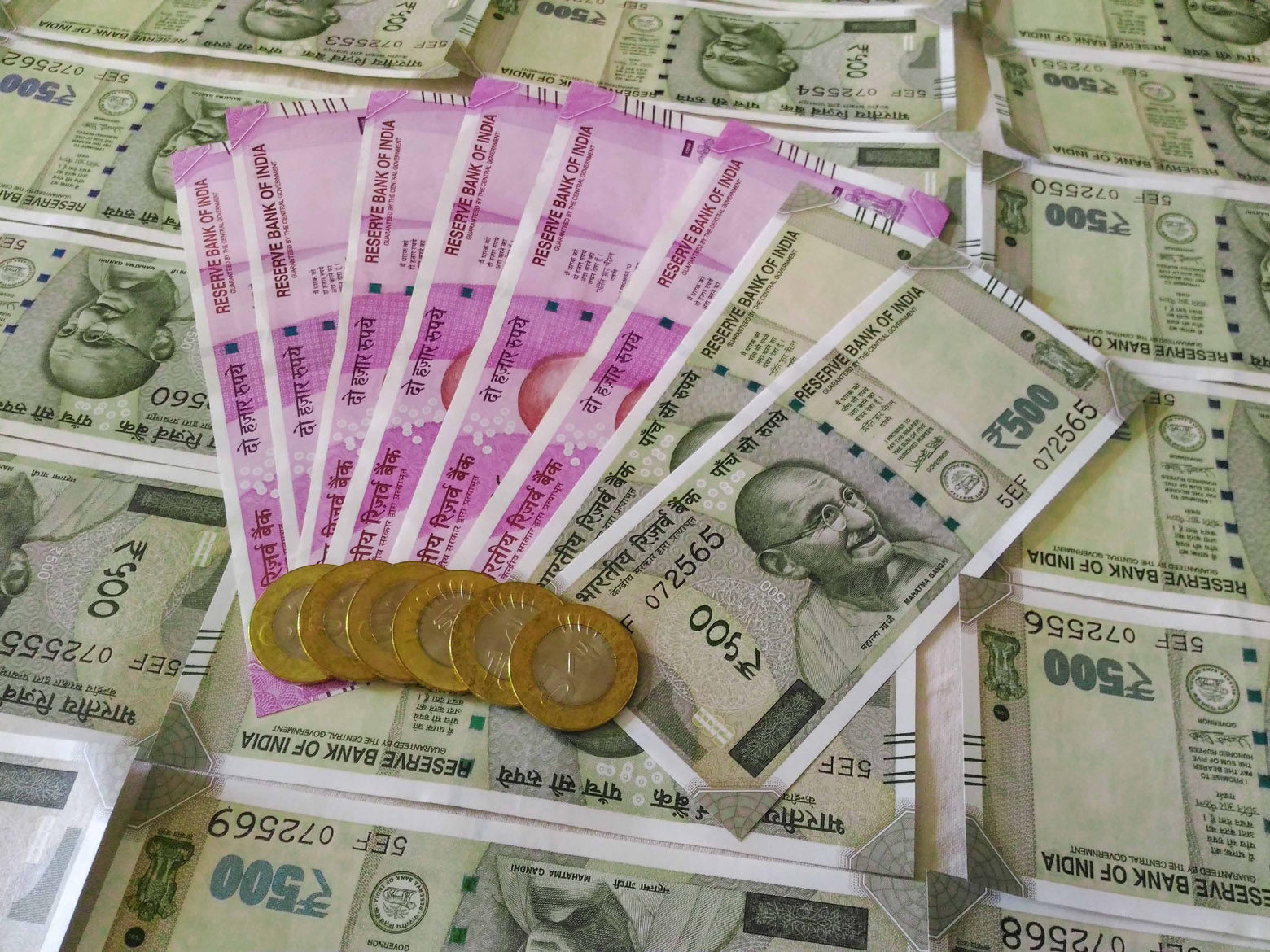Chennai, NFAPost: With an aim to provide relief to non-banking financial companies (NBFCs) and micro, small and medium enterprises (MSMEs), the government has announced various stimulus packages. However, ironing out operational challenges and speedy implementation would be key to avoid restricting the benefits to the targeted segment, says India Ratings and Research (Ind-Ra).
The Rs 30,000 crore special liquidity scheme (free of guarantee cost) can incentivise banks to take exposure in the lower rated investment grade NBFCs. Moreover, banks would be able to have slightly better pricing on these loans, notwithstanding them being proposed to be backed by a government guarantee, on account of the lower bargaining power of the lower rated NBFCs.
Having said that, lower rated NBFCs are not active in the bond market and hence investments through non-convertible debentures could create challenges, the agency said. Furthermore, lenders would be looking at the operational guidelines to understand reimbursement from the government, i.e. if these can be at the time of it becoming delinquent or it is after completion of recovery proceedings. The scheme allows for primary and secondary market transactions which can help mutual funds sell some of their papers and generate liquidity easing some pressure on them.
The Rs 50,000 crore equity infusion in MSMEs through the fund of funds route is aimed at increasing the capacity of viable MSMEs. This route of assisting MSMEs may be time consuming as it could involve a valuation exercise regarding the quantum of stake that could be purchased. Given the urgent need of funds for the sector, the modalities of the equity infusion can be time consuming, it said.
The Rs 45,000 crore partial credit guarantee scheme with 20% first loss protection from the government is aimed at providing some incentive to lenders. Unlike the earlier scheme which was meant only for direct assignment transactions, this scheme now covers even primary borrowings by NBFCs such as bonds and commercial papers. This could provide some liquidity window to small NBFCs, provided lenders have the risk appetite to fund these entities after getting 20% loss cushion.
While the 20% first loss protection in the assignment/securitisation can be a strong incentive if operationalised suitably, investments by lenders in primary papers based on the 20% guarantee would be based on loss estimation by lenders. This may lead to the funds largely flowing to higher rated entities.
The government has also announced collateral-free loans worth Rs 3 lakh crore for MSMEs (up to Rs 25 crore outstanding credit and turnover of up to Rs 100 crore) and will provide a 100% guaranteed cover on them. 20% of the outstanding credit could be offered in the form of a term loan of 4 years with one-year moratorium. This additional funding takes care of the liquidity requirements of these entities for some time and to that extent could prevent them from being classified as NPAs. This also helps in restricting the jump in credit cost for lenders.
However, MSMEs may continue to face the pain if the lockdown persists for a longer time and resumption of business operations gets delayed. The real problem facing these companies is demand compression; until that gets resolved, providing loans can only lever the balance sheet, but is not a sustainable solution, Ind-Ra added.





